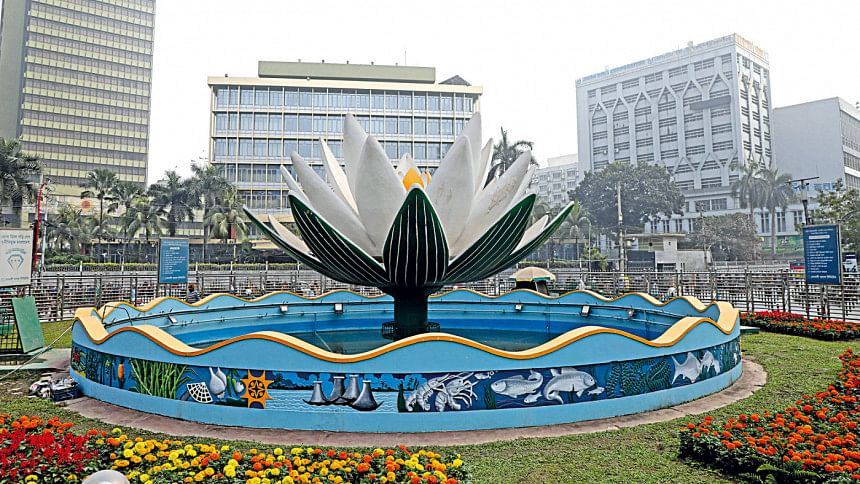Financial Stability and the Lender of Last Resort
Financial stability is a state where the financial system operates smoothly and efficiently, supporting economic growth and development. It encompasses various aspects, including the soundness of financial institutions, the efficient functioning of financial markets, and the smooth flow of credit.
The Role of the Central Bank as Lender of Last Resort (LOLR)
Central banks play a crucial role in maintaining financial stability, and one of their key functions is acting as the Lender of Last Resort (LOLR). This means that the central bank is the ultimate source of liquidity for the financial system, providing emergency funding to banks and other financial institutions when they face temporary liquidity shortages.
How the Central Bank Acts as LOLR to Maintain Financial Stability
Here are some ways in which a central bank acts as the LOLR to maintain financial stability:
- Providing Emergency Liquidity: When banks face a liquidity crisis, they may not be able to meet their short-term obligations, such as withdrawals or loan repayments. In such situations, the central bank steps in as the LOLR, providing emergency loans to these banks to tide them over until they can restore their liquidity position.
- Maintaining Confidence in the Financial System: The knowledge that the central bank is the LOLR helps to maintain confidence in the financial system. Market participants know that if a bank faces a liquidity crisis, the central bank will provide the necessary support to prevent a wider systemic crisis.
- Preventing Bank Runs: Bank runs occur when depositors fear that a bank may fail and rush to withdraw their funds. This can lead to a bank’s collapse, even if it is fundamentally sound. The central bank’s role as the LOLR helps to prevent bank runs by providing the necessary liquidity to banks facing a sudden surge in withdrawals.
- Supporting Monetary Policy: The central bank’s role as the LOLR is also closely linked to its monetary policy objectives. By providing liquidity to the financial system, the central bank can ensure that banks have the necessary funds to lend to businesses and households, thereby supporting economic growth.
- Responding to Systemic Crises: In times of systemic crises, such as the global financial crisis of 2008, the central bank’s role as the LOLR becomes even more critical. The central bank may need to provide large-scale liquidity support to the financial system to prevent a complete collapse.
In conclusion, the central bank’s role as the LOLR is essential for maintaining financial stability. By providing emergency liquidity to banks and other financial institutions, the central bank helps to prevent liquidity crises, maintain confidence in the financial system, and support economic growth.




